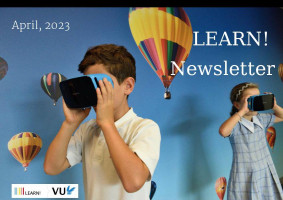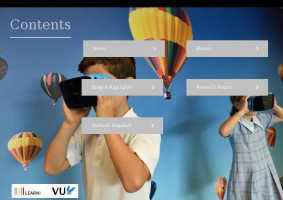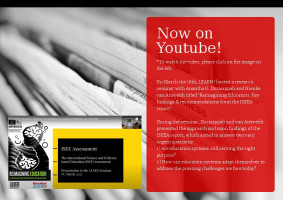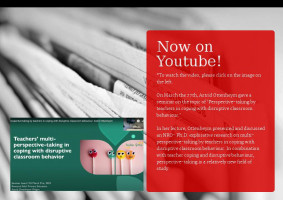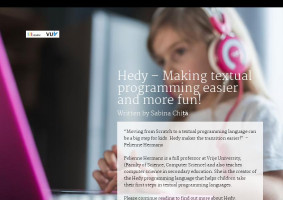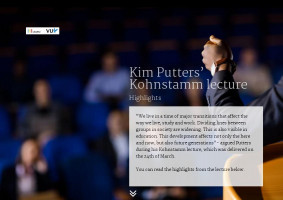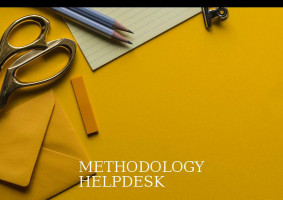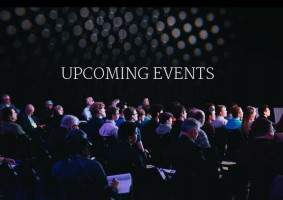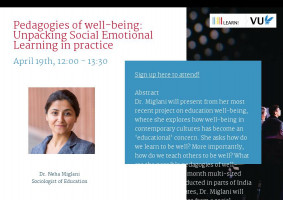“Moving from Scratch to a textual programming language can be a big step for kids. Hedy makes the transition easier!” - Felienne Hermans
Felienne Hermans is a full professor at Vrije University, (Faculty of Science, Computer Science) and also teaches computer science in secondary education. She is the creator of the Hedy programming language that helps children take their first steps in textual programming languages.
Please continue reading to find out more about Hedy.
Why programming?
More and more schools in the Netherlands offer programming education. There are several reasons why programming education is important. The world is becoming increasingly digital, and apps play a major role in everyone's lives. Just look up a recipe on YouTube or order groceries quickly with your phone. However, students only learn the consuming side of software in this way, they are little concerned with making in the digital world. If students know the basic blocks of programming, they can also better think about what the digital world should look like. There is also a serious shortage of programmers and programming education at an early age can help to stimulate interest in the field, especially for students who may not be exposed to it at home, e.g. in families without a computer.
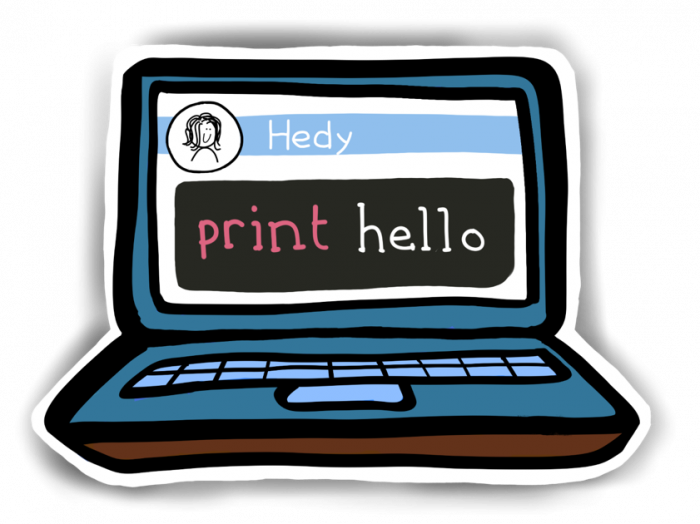
BLOCKS ARE A GOOD START
When students start programming, primary schools often do so initially with a block language, such as scratch. Such blocks languages Scratch are a good way to help children take their first steps in programming, because they do not use complicated codes, you can simply click blocks together and create programs that work immediately. Although block languages are easier to get started with, there are also setbacks. Felienne says:
“WHEN I STARTED TEACHING MYSELF IN THE UPPER YEARS OF PRIMARY SCHOOL AND THE LOWER YEARS OF SECONDARY EDUCATION, I NOTICED THAT STUDENTS NO LONGER WANT TO USE SCRATCH AT A CERTAIN AGE. THEY THEN THINK THAT SCRATCH IS NOT SERIOUS AND SEE IT AS SOMETHING FOR PRIMARY SCHOOL CHILDREN, WHICH THEY ARE CERTAINLY NOT! AT THAT POINT, STUDENTS GET EXCITED TO LEARN TEXTUAL LANGUAGES LIKE PYTHON OR JAVASCRIPT BECAUSE THEY SEE THEM AS MORE MATURE, POWERFUL, AND REAL.”
LEARNING LANGUAGES IS DIFFICULT
Stepping from Scratch to Python is quite big. For something relatively simple like counting to 10, a child should type this:
for i in range(1,11):
print (i)
“THAT'S A LOT OF CRAZY CODE LINES TO REMEMBER AND A LOT OF WAYS TO GET IT WRONG. A WRONG SPACE CAN CRASH PYTHON WITH A CRYPTIC ERROR CALLED INDENTATIONERROR. EVEN IF CHILDREN WERE MOTIVATED TO LEARN TEXTUAL LANGUAGES, I SAW THAT THIS COULD LEAD TO FRUSTRATION. AND THAT IS NOT SO STRANGE OF COURSE! RESEARCH ON COLLEGE-LEVEL STUDENTS LEARNING TO PROGRAM SHOWED THAT EVEN GOOD STUDENTS MAKE SYNTAX ERRORS IN 50% OF PROGRAMS. THEN IT IS NOT SURPRISING THAT OUR HIGH SCHOOL STUDENTS HAVE TROUBLE GETTING PYTHON PROGRAMS TO WORK CORRECTLY”.
Hedy: A gradual programming language
Inspired by the way we teach language, Felienne Hermans created Hedy: a gradual programming language. Hedy consists of a number of levels, each with a few new commands. For example, in the first level you can easily print something to the screen with print:
print hello everyone!
Hedy's print statement in level 1 is a lot simpler than Python, requiring students to enclose the text in both parentheses and quotation marks. Programming concepts are introduced step by step. Level 7, for example, introduces so-called loops or loops that allow you to repeat code, but without complicated brackets and commas.
Each level is a lesson
Hedy is available for free at www.hedycode.com and can be used in the browser just like Scratch. At the moment there are 18 levels available in Hedy and each level not only contains new commands, but also with built-in teaching materials to get started at every level. Each level takes about 45 minutes, and if students create an account, they can save and share their programs with each other and with the teacher. Students can also make drawings using the so-called turtle with codes. Because students can immediately make something real and fun, it gives the “dot on the horizon” an idea of where programming could take them.
Hedy goes further!
While almost all textual programming languages have keywords in English, such as “for” or “repeat”, Hedy can be used in any language. Currently 47 different languages are supported, including Spanish, Arabic, Simplified Chinese and Hindi. Felienne:
“Because we think it is important that all children can program, Hedy is also well suited for children with a visual impairment. Hedy's textual output can be read out automatically, and you can run the code with a hotkey so you don't have to use the mouse.”
References:
1. https://www.hedycode.com
2. https://www.ieni.org/hedy/

